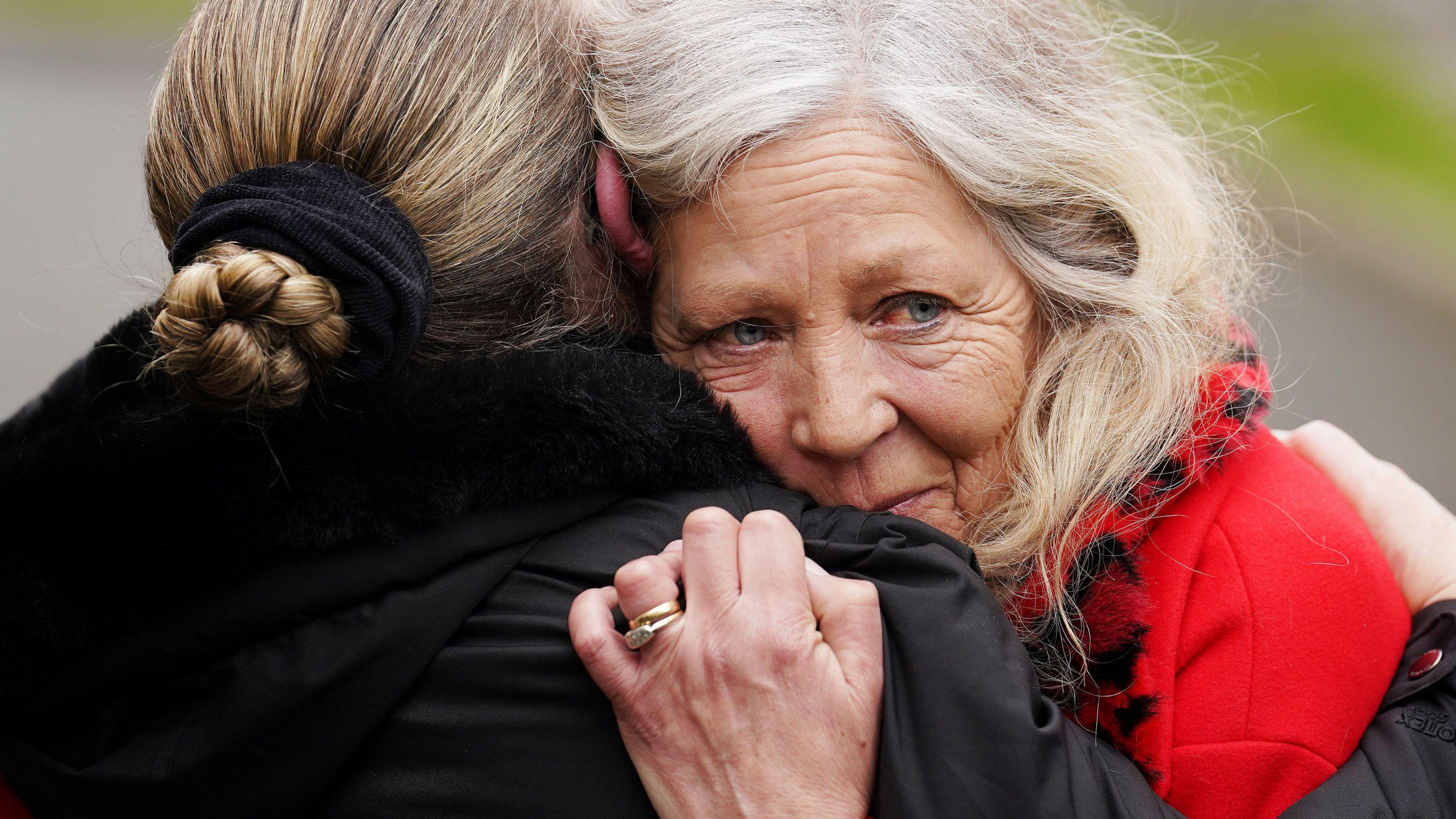President leads ceremony for Stardust fire victims
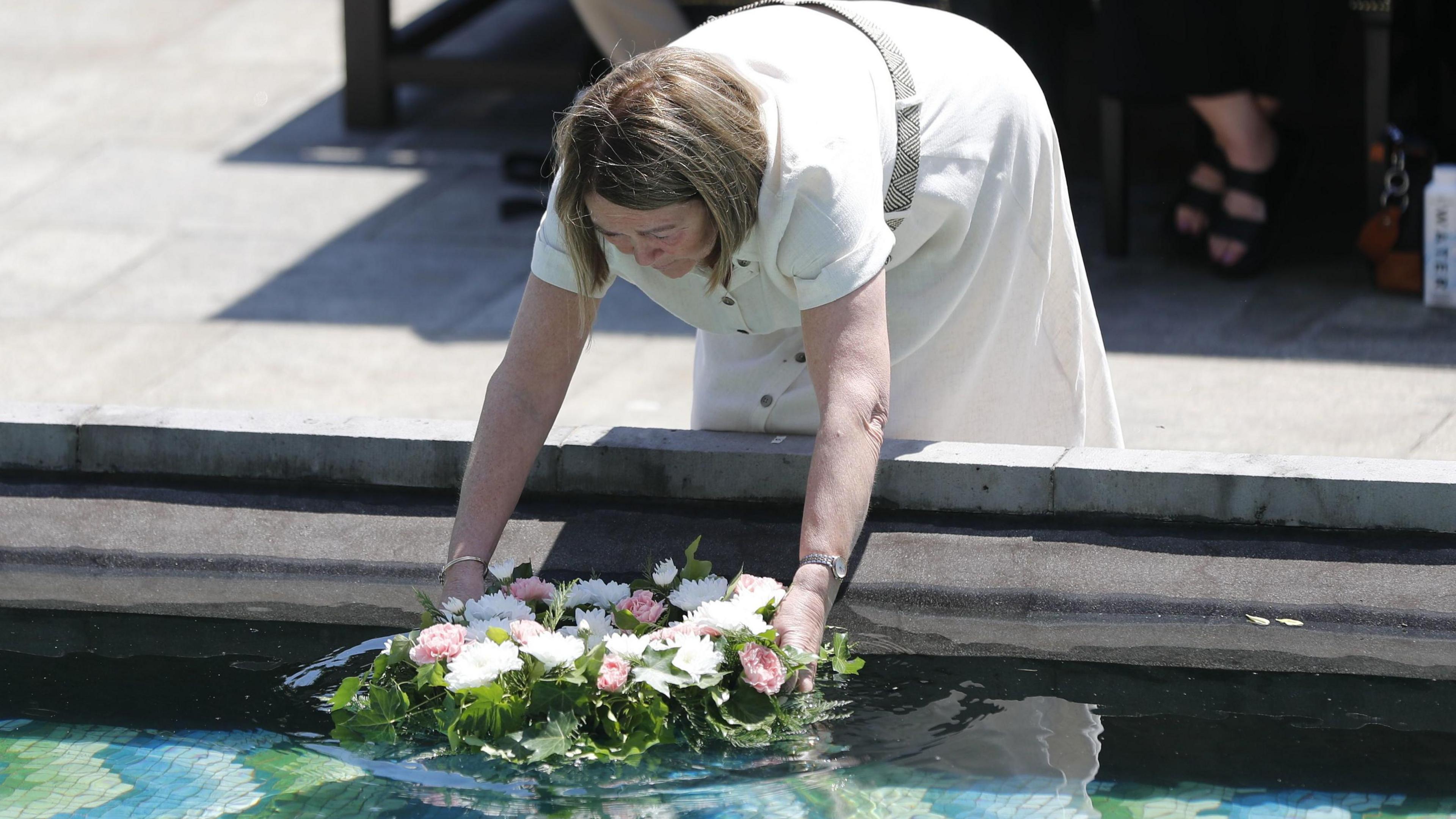
Families of those who died in the blaze at the Stardust nightclub in north Dublin in 1981 have laid wreaths at the state commemoration
- Published
A ceremony commemorating the victims, survivors and all affected by the 1981 Stardust fire has taken place in Dublin, led by Irish President Michael D Higgins.
Forty-eight young people died in a blaze at the Stardust nightclub in Artane, north Dublin on Valentine's night in 1981.
In April, Taoiseach (Irish Prime Minister) Simon Harris delivered a formal state apology to the families and to the victims of the Stardust fire in the Daíl.
Speaking at the event on Sunday, Mr Harris said the commemoration was the "next step" in seeing the victims and their families being recognised by the state for "their terrible loss in a national tragedy".
Sunday's commemoration was orchestrated with the families of the victims and remembered all those who died in the Stardust fire, as well as those who have been affected by the disaster and those who helped victims and their families on the night and over the years since.
The families of the 48 victims, as well as President Higgins, laid wreaths as music was performed.
Taoiseach praises Stardust families
Speaking in the city's Garden of Remembrance, Mr Harris said it was a "fitting" venue for the event.
"Here in this garden we often come to remember fallen heroes, and I know that’s what those 48 young people were to their families and to their communities," he said.
"And you, the families of those who died, those who survived, those who were injured and those who fought to save lives on that night and afterwards, became their heroes."
He also paid tribute to those who died prior to seeing justice for their loved ones.
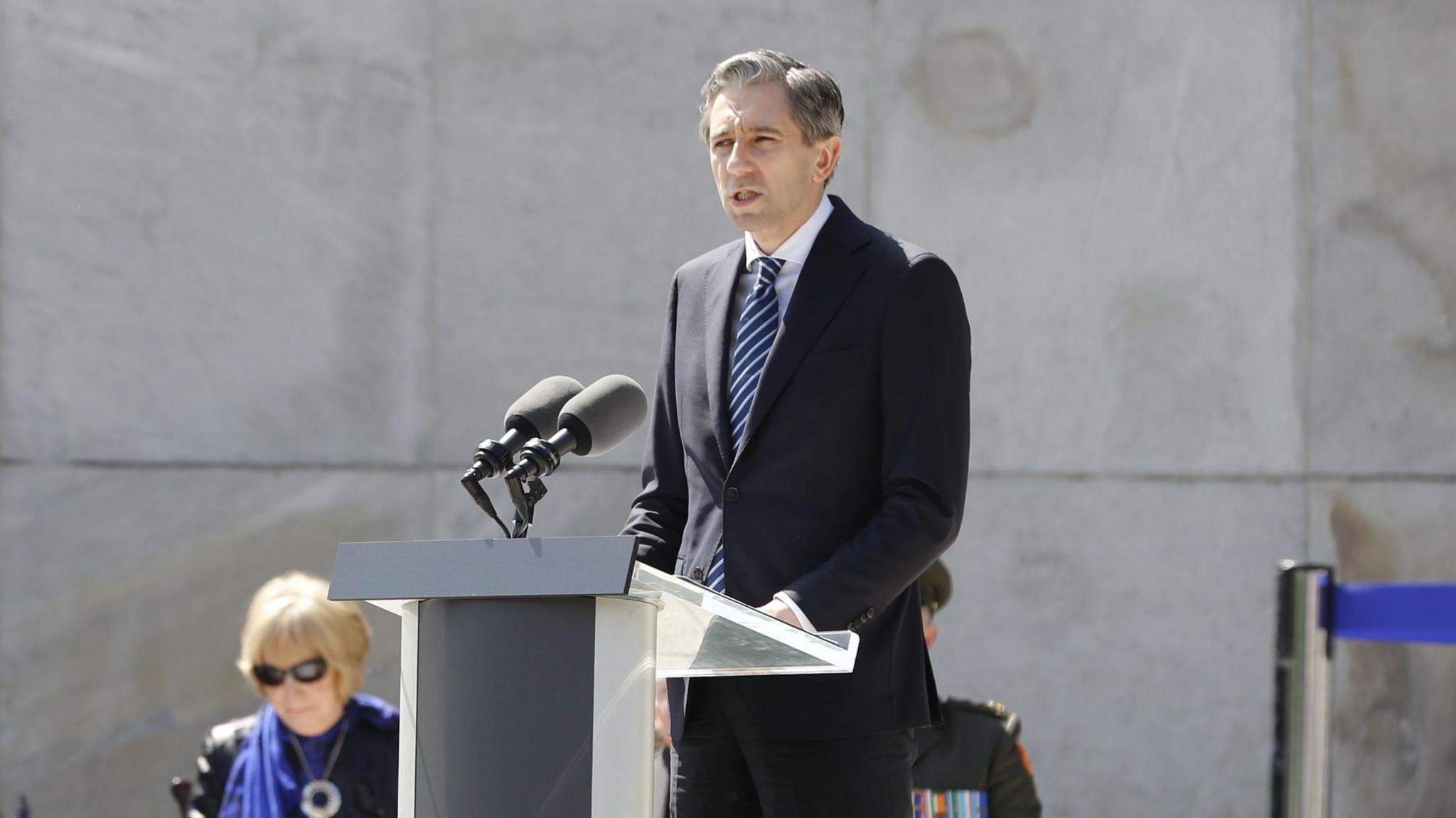
Taoiseach Simon Harris addressed the crowd at the event on Sunday
"And you, the families of those who died, those who survived, those who were injured and those who fought to save lives on that night and afterwards, became their heroes."
He also paid tribute to those who died prior to seeing justice for their loved ones.
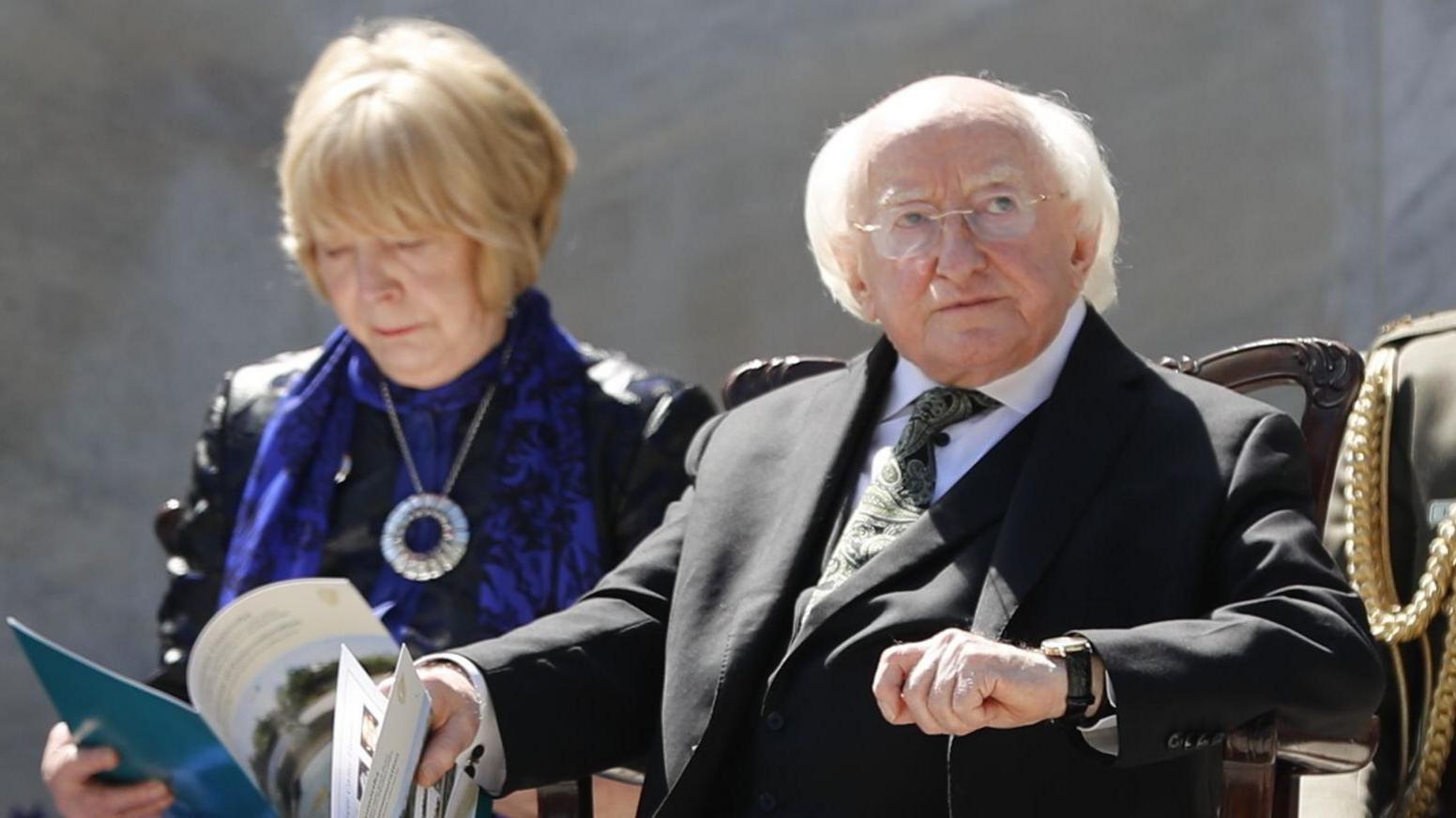
The commemoration is being led by Irish President Michael D Higgins
Mr Harris said Sunday's event was to shine a light on the families who fought to never allow the truth to be oppressed.
"You have ensured that your loved ones and the Stardust tragedy will be remembered by the generations to come," he added.
"It is your commemoration, we are here because of you.
"It has been designed to honour those people that you loved and that you lost in the most awful of circumstances.
"Their names will never be forgotten because of you and you can be proud that due to your perseverance, your resilience and above all your love that we, as a nation and as a state, finally, publicly, commemorate them with you today."
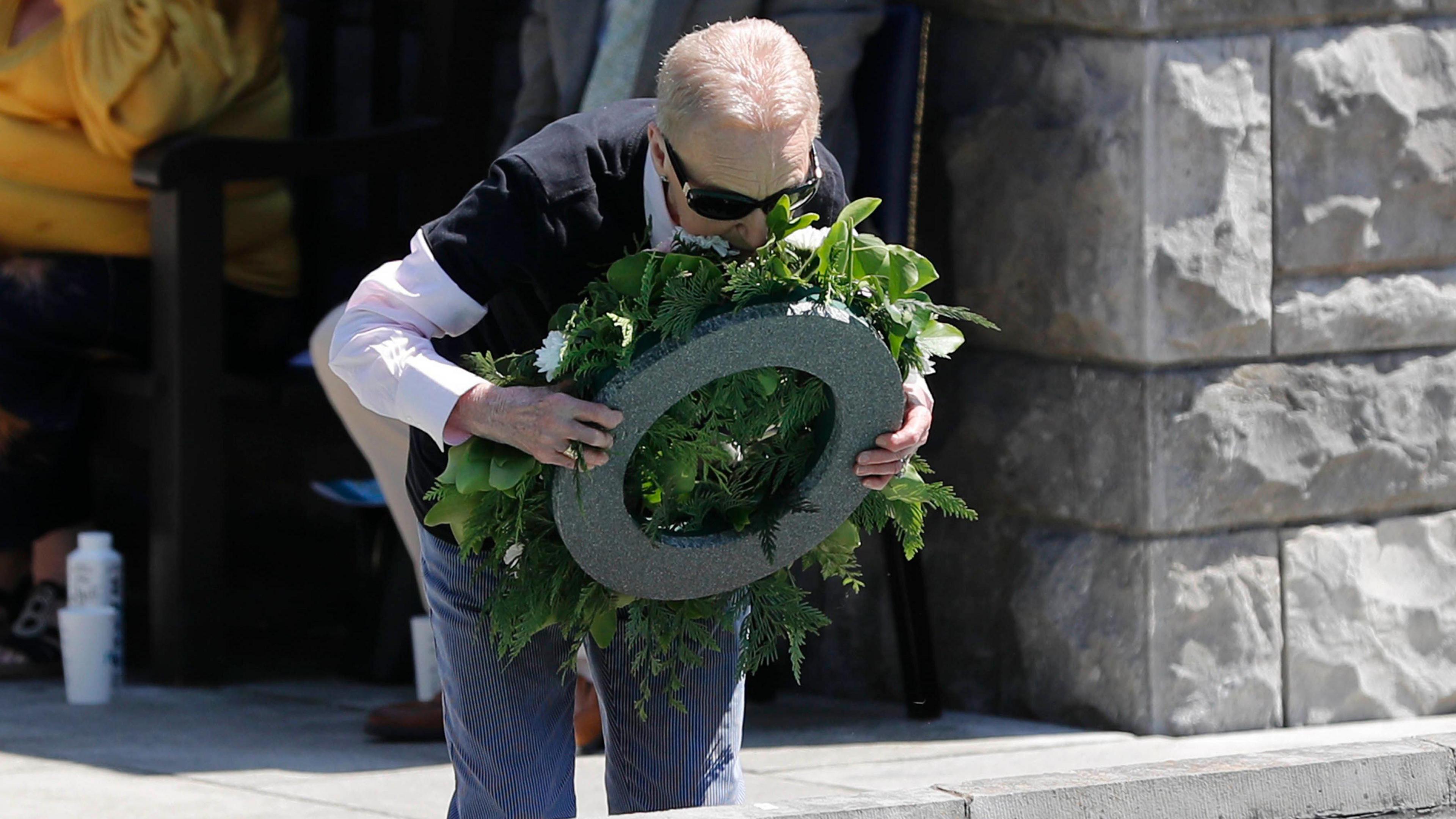
Earlier this year, a jury in the inquests into the fire found the victims had been unlawfully killed.
The jury in the inquests delivered their verdict after 11 days of deliberation.
About 800 people had been attending a Valentine's Day disco when the fire started.
Jurors also found it began in the hot press of the main bar and was caused by an electrical fault.
The original inquest held in 1981 ruled the fire started because of arson, a theory which was never accepted by the families of victims.
That ruling was dismissed in 2009.
After years of campaigning by the families, the then-attorney general granted a fresh inquest in 2019.
What did the Stardust inquest jury find?
The inquest, the longest running and largest in the Republic of Ireland’s history, was held at Dublin City Coroner's Court.
It sat for 122 days and heard testimony from 373 witnesses.
It heard that the fire was first seen outside the building between 01:20 and 01:40 local time. Gardaí (Irish police) arrived at 01:50.
The jury found the height of the nightclub ceiling and materials in the bar, including carpet tiles on the wall, were found to have contributed to the blaze.
Lack of visibility, lack of knowledge of the building and thick, toxic smoke were found to have made it more difficult for people to leave.
In addition, the heat of the fire, speed of its spread, failure of the emergency lighting system and lack of preparedness of staff played a part.
Emergency exits were locked, chained or otherwise obstructed and victims were impeded in their ability to exit.
The jury found that 42 people died on the premises.
Related topics
- Published23 April 2024
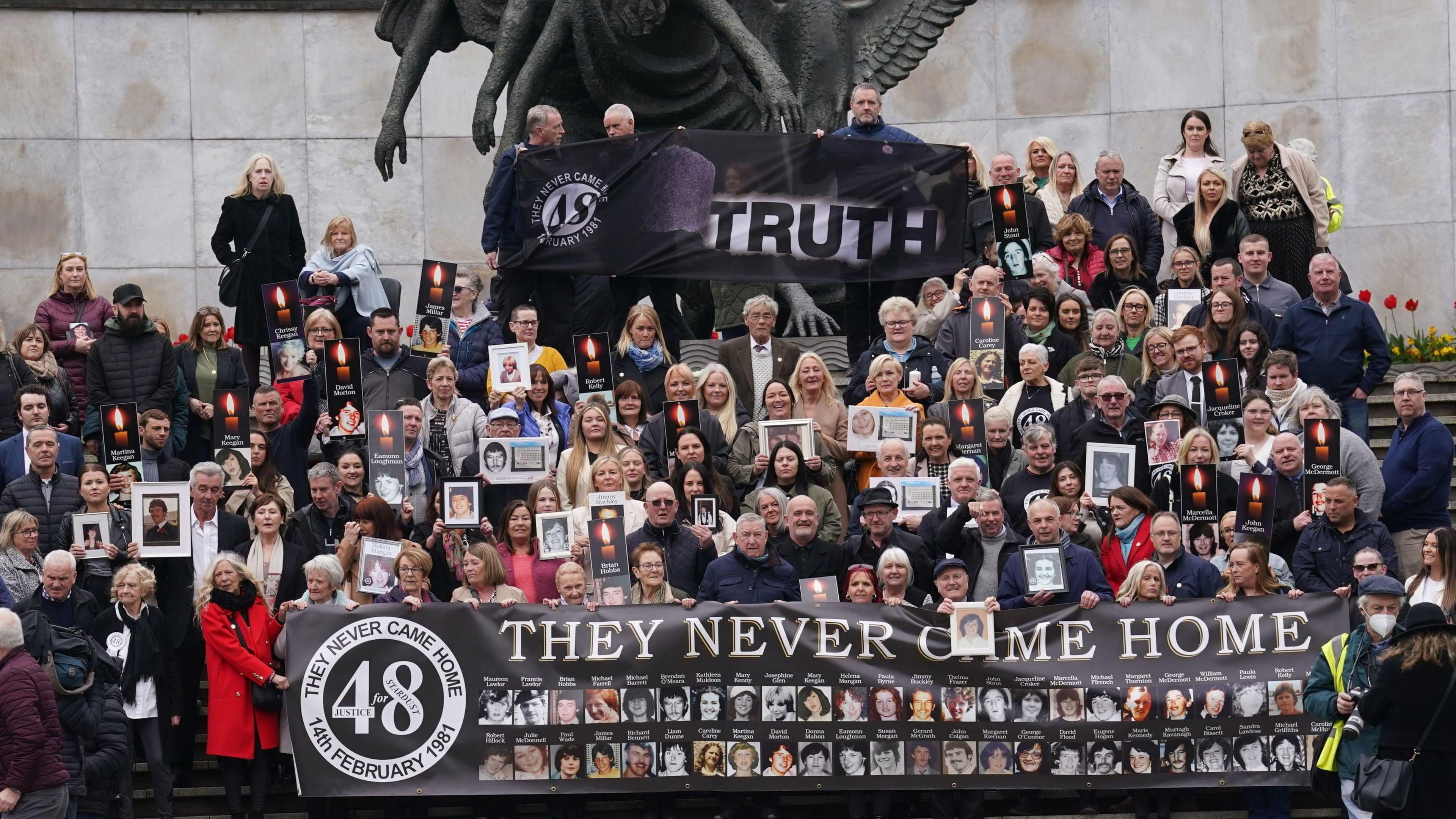
- Published18 April 2024
